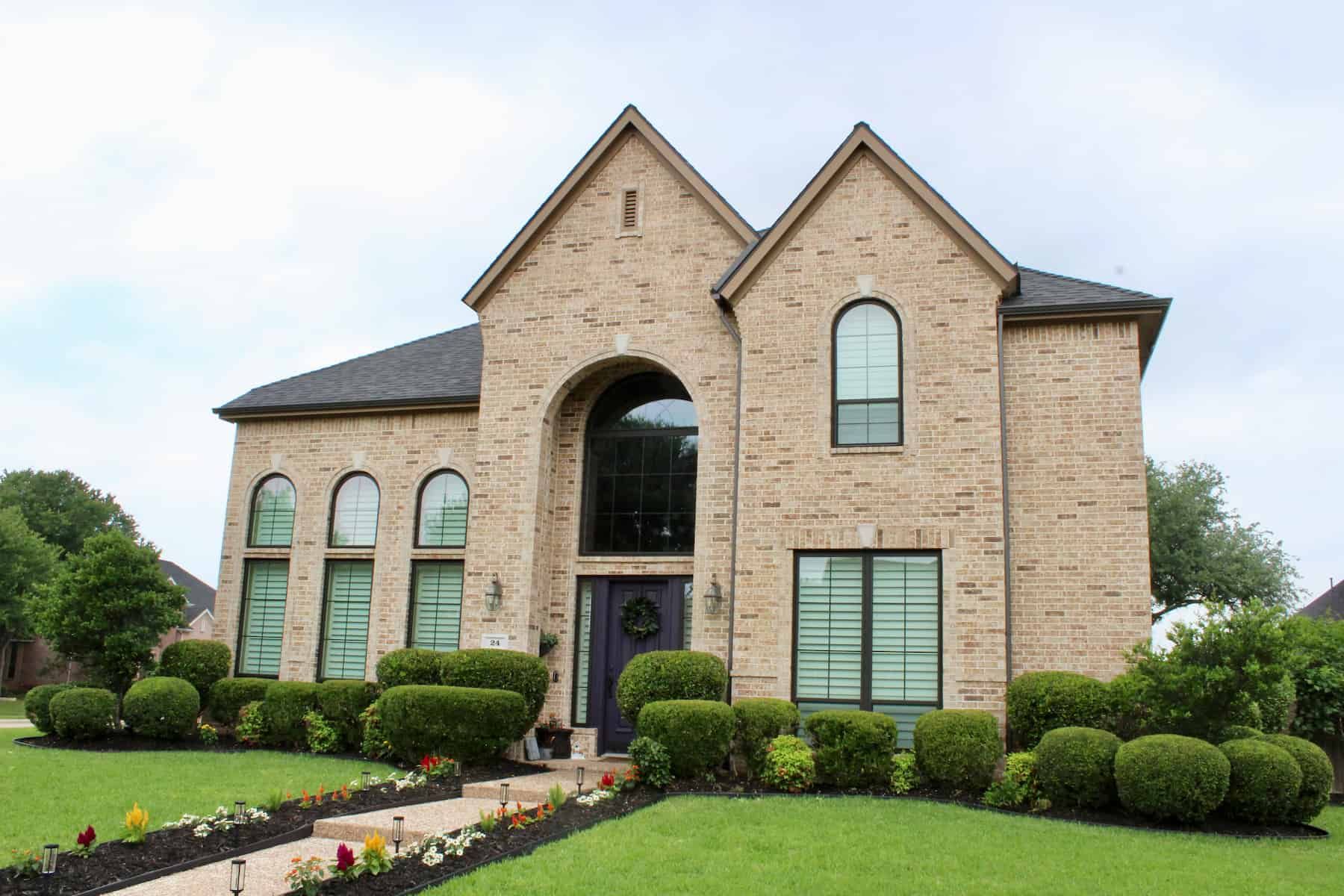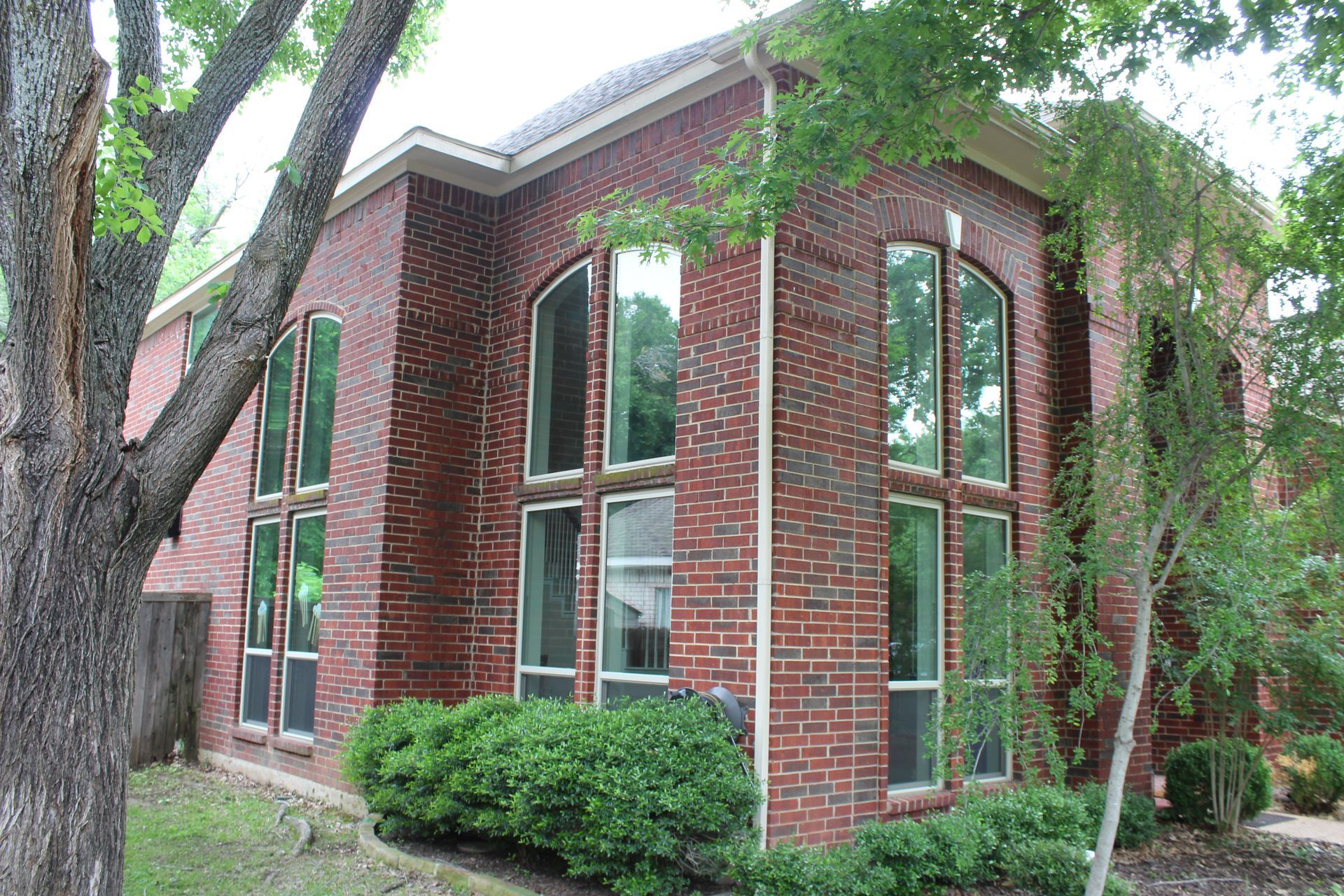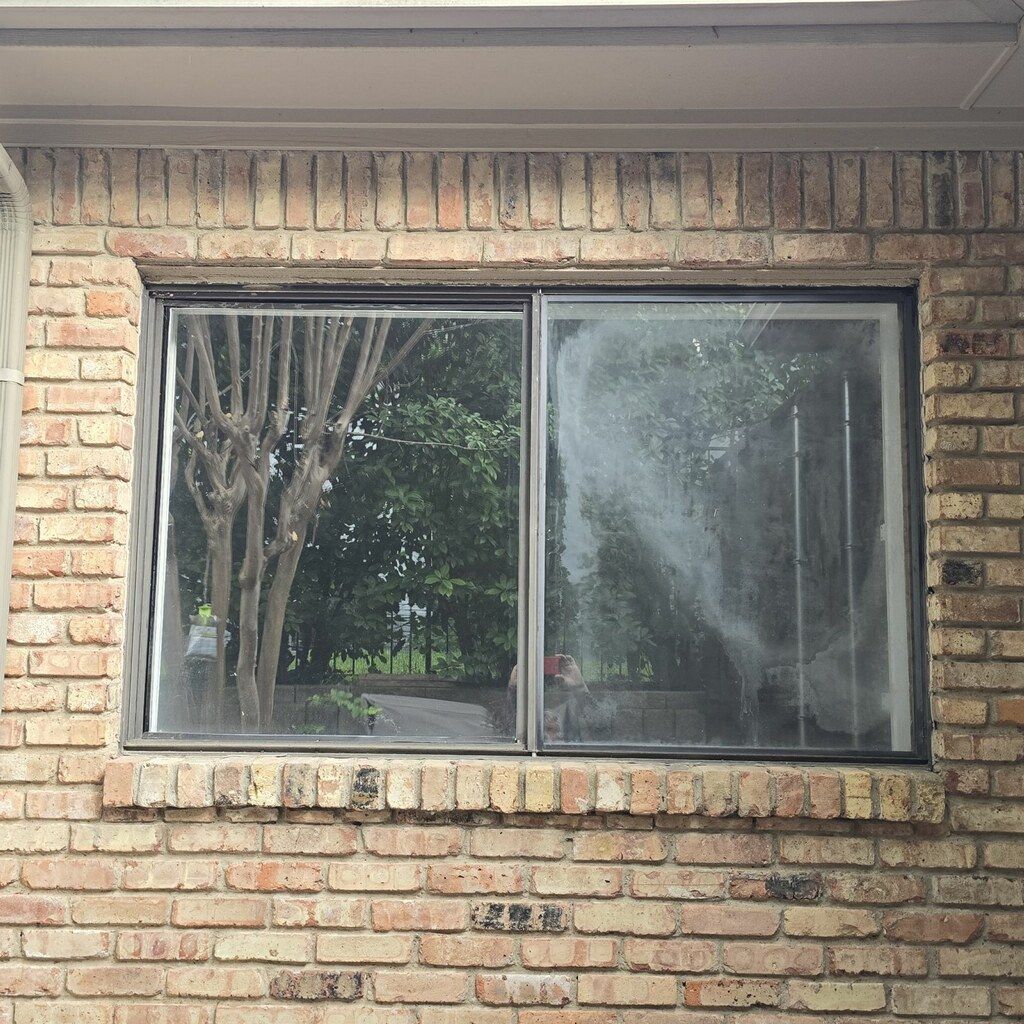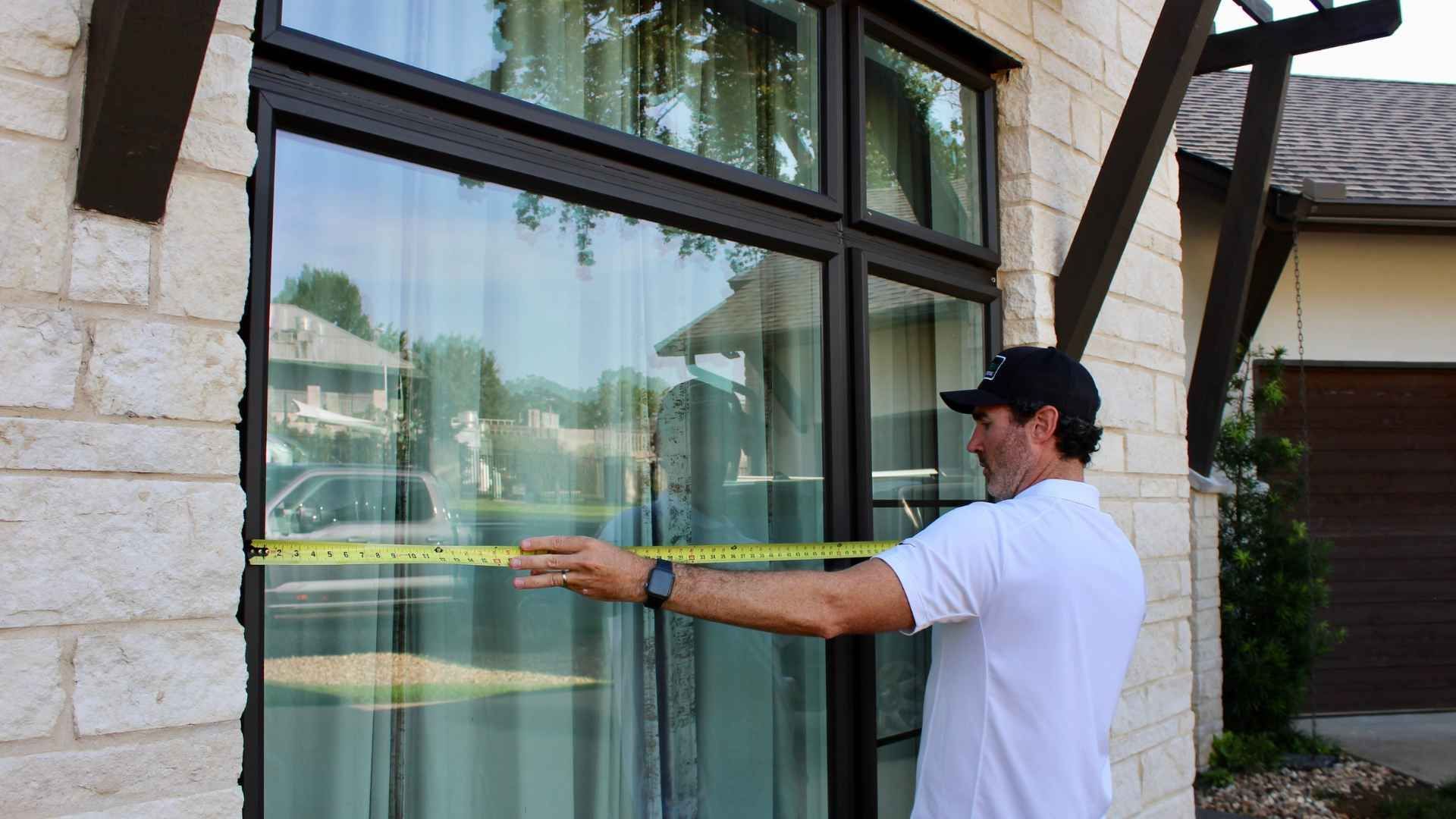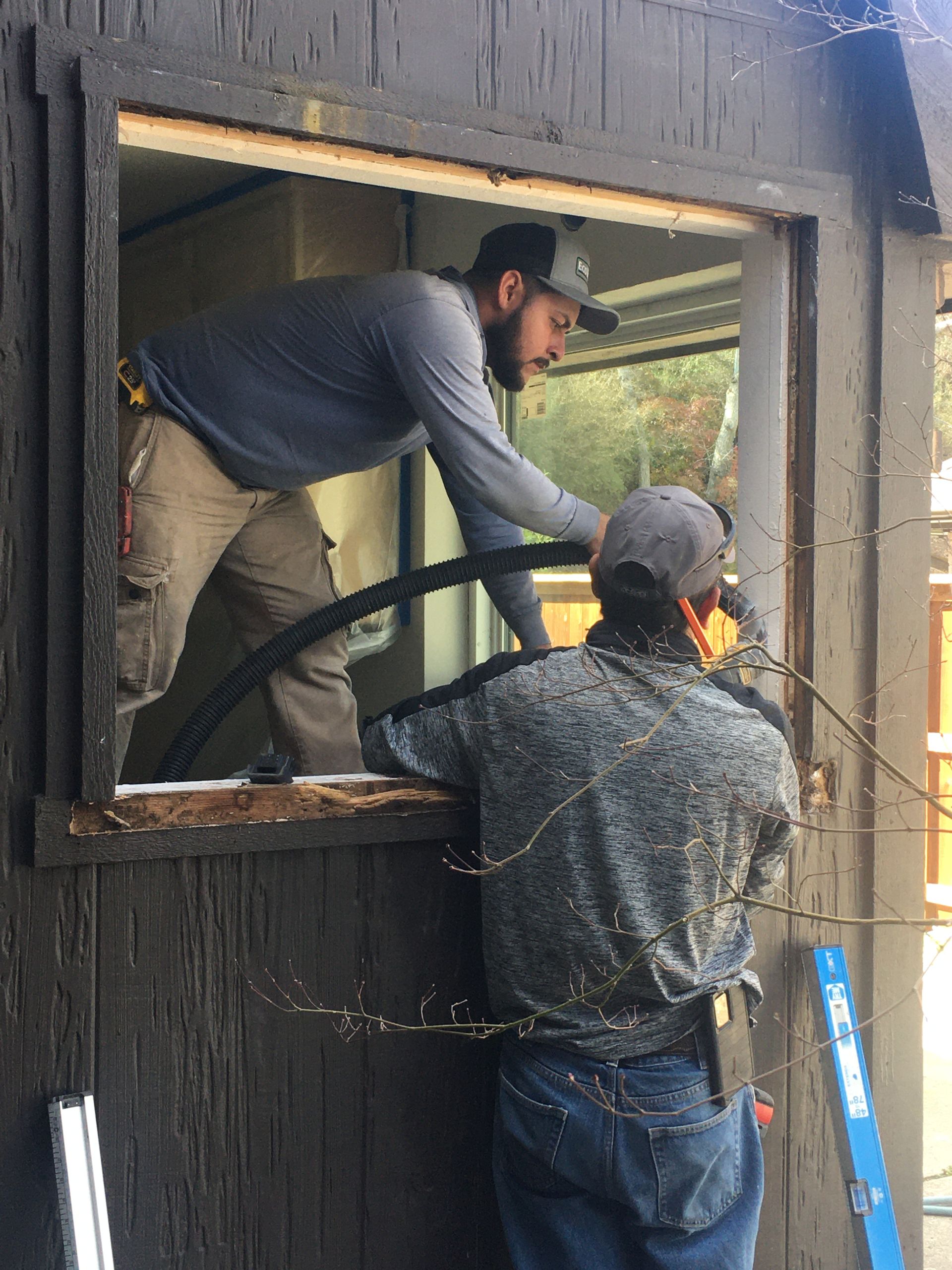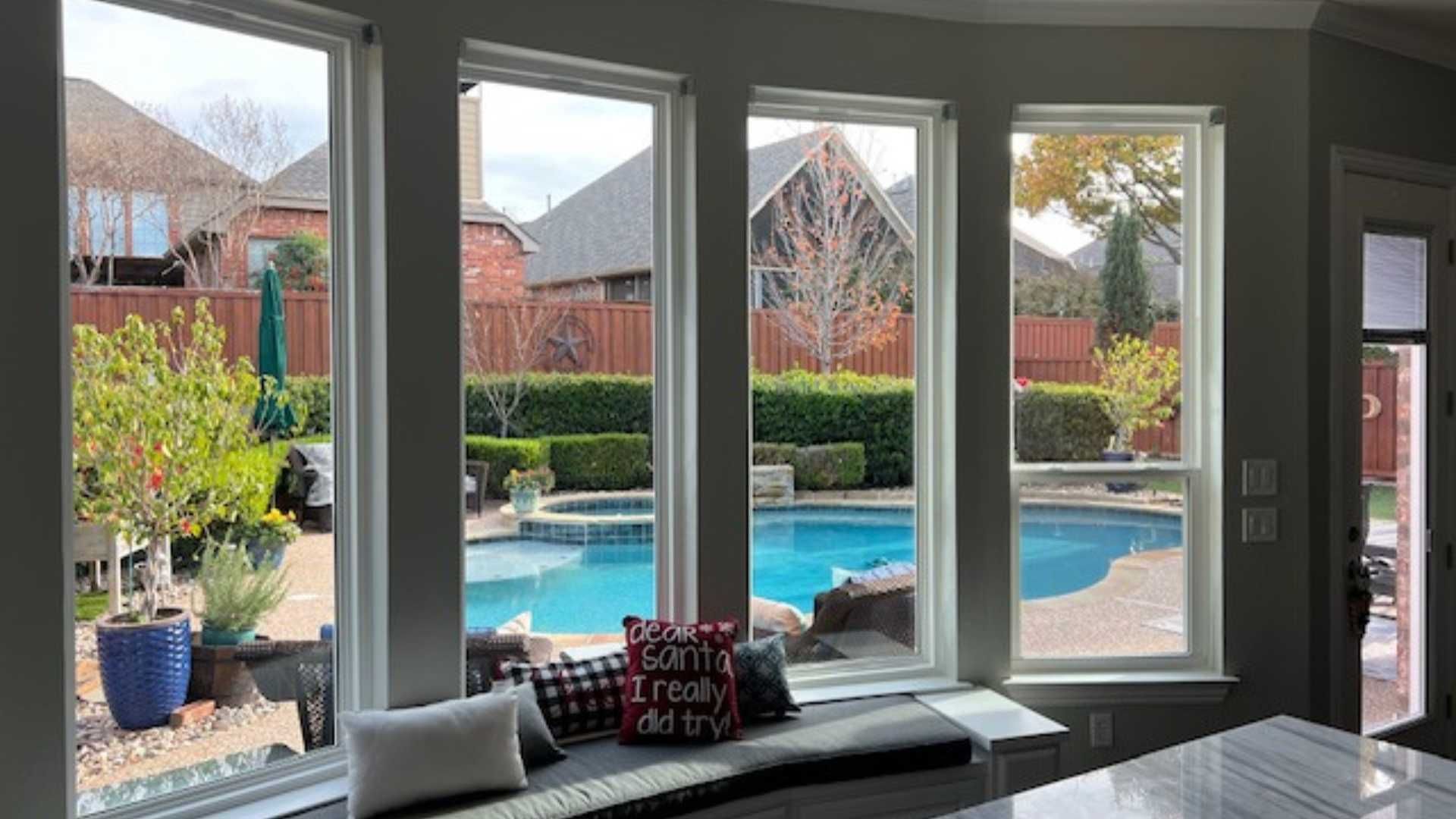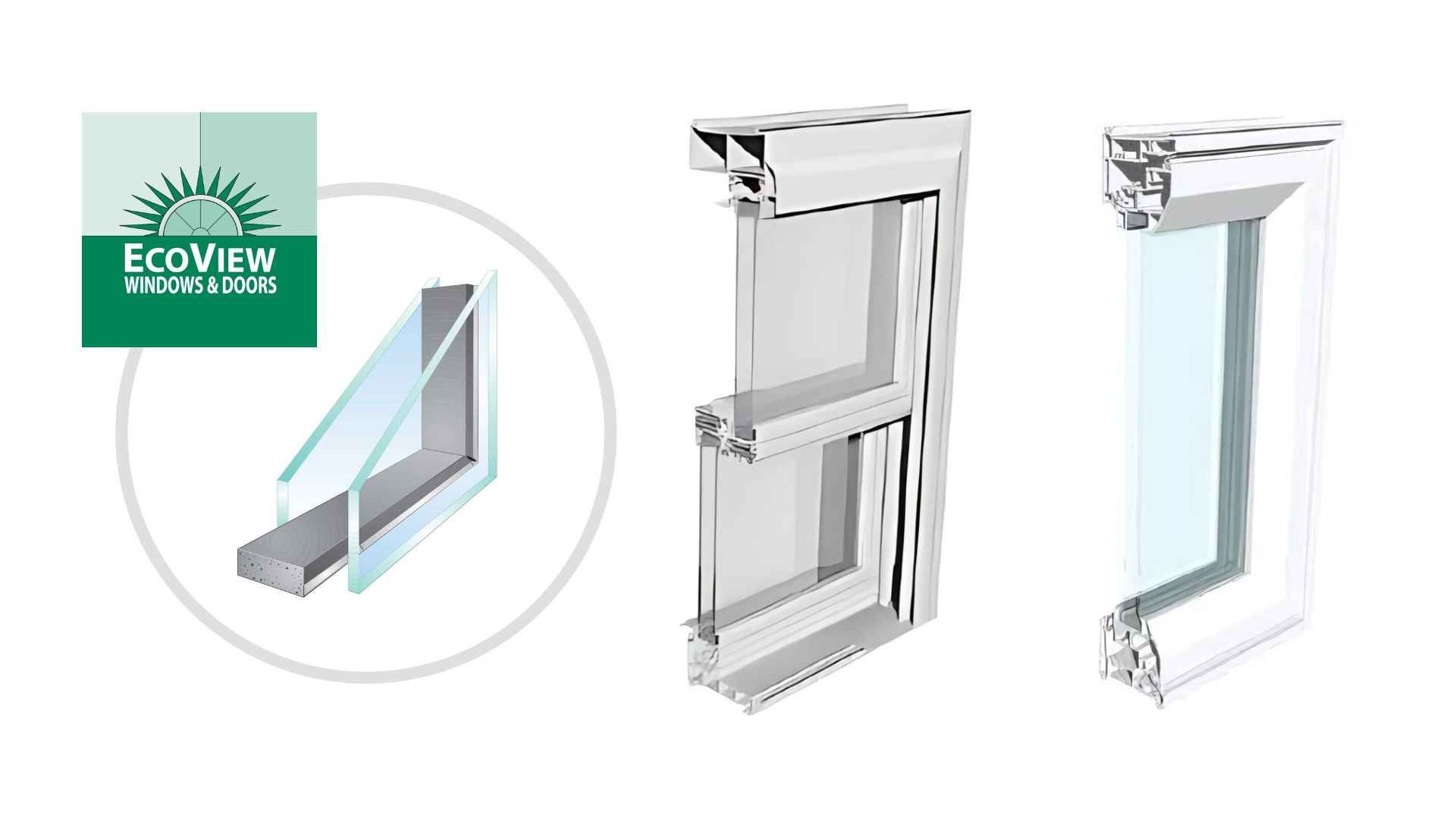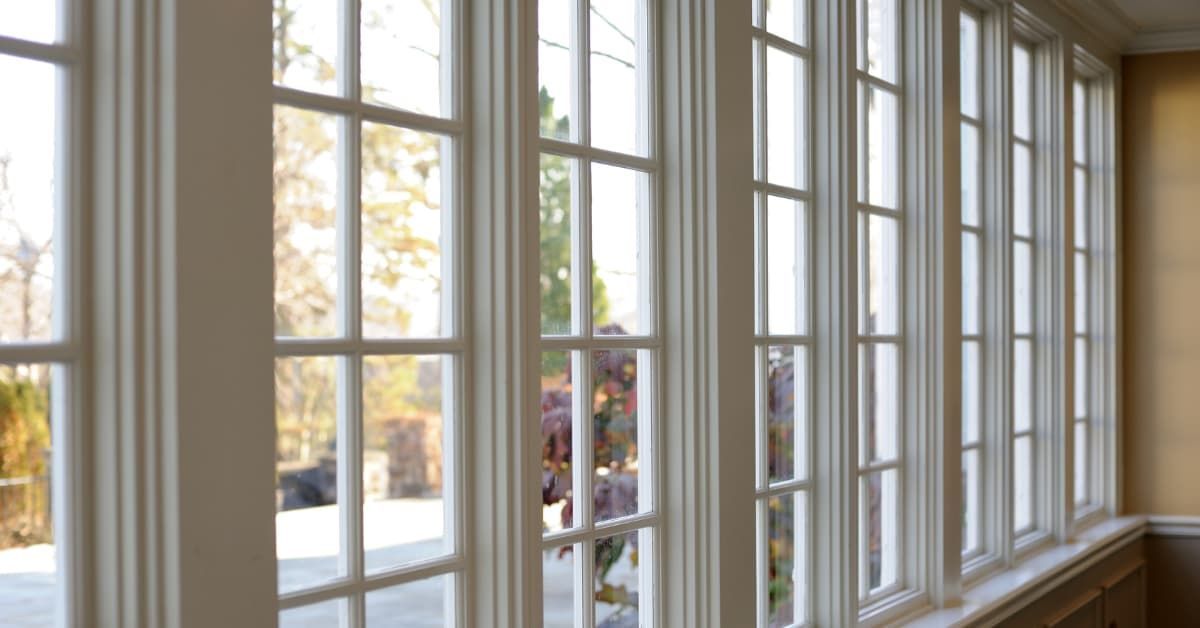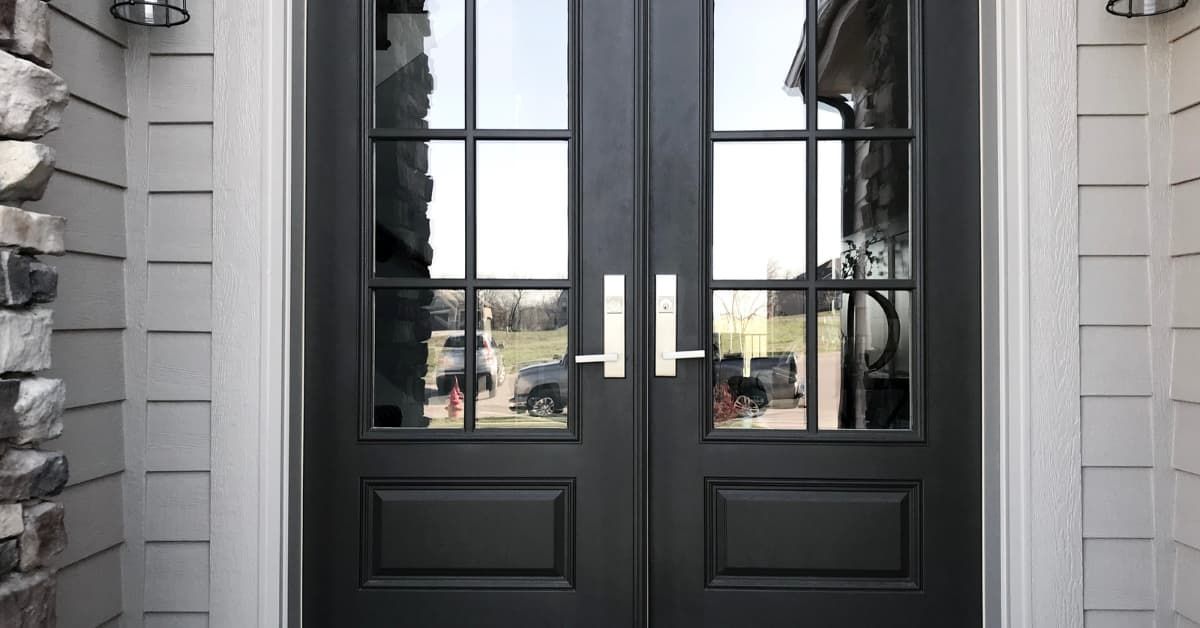Do Window Solar Screens or Coatings Improve Energy Efficiency?
Not all window upgrades are the right choice.
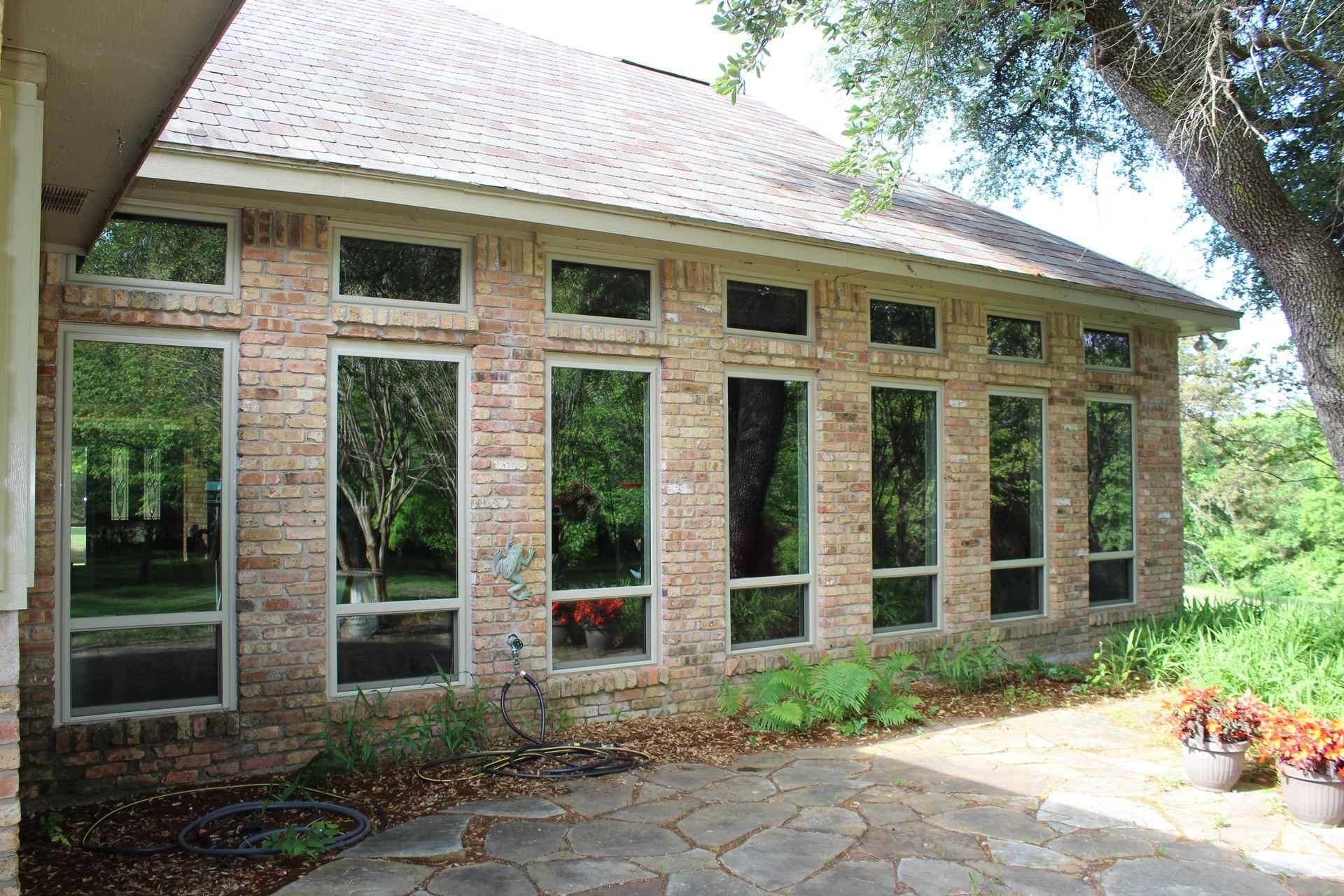
When considering how to improve the energy efficiency of older windows—especially in a hot, sun-intensive state like Texas—homeowners often weigh the benefits of adding solar screens or window film versus replacing old windows with new, energy-efficient models. In Texas, where long, scorching summers and high cooling costs are common, improving window performance can have a major impact on comfort, energy savings, and utility bills. Each option offers pros and cons in terms of cost, effectiveness, and longevity. Here’s a break down of the key differences in energy efficiency, cost, durability, and aesthetic impact to help you choose the best solution for your home and climate.
SOLAR SCREENS
Solar screens are specially designed mesh screens that cover windows and block a solar heat gain before it enters your home.
Here's how they help:
- Reduce Cooling Costs: Solar screens can block the sun’s heat, lowering indoor temperatures and reducing the need for air conditioning.
- Minimize Solar Heat Gain: By shading the glass from direct sunlight, they prevent heat from building up inside the home, which is especially useful for west- and south-facing windows.
- Affordable and Easy to Install: Compared to window films or replacement windows, solar screens are relatively low-cost and often DIY-friendly.
Things to consider:
- They reduce natural light which can make interior spaces feel darker, especially with denser mesh (80–90% block).
- They can obscure your view outside, making windows look tinted or shaded, which might be undesirable in scenic areas or rooms where visibility is important.
- They can alter the look of your home, especially if the screen material or frame doesn’t match your window trim or siding.
- They are a seasonal inconvenience. In cooler months, solar screens can block passive solar heat, which would otherwise help warm your home naturally. Some homeowners remove them seasonally, which adds maintenance.
- They are high maintenance. Dust and debris can collect on the mesh, requiring periodic cleaning. Screens can also wear out, sag, or become damaged over time.
WINDOW FILMS
Window films are thin layers of material (often polyester-based) that are applied directly to glass surfaces to enhance insulation, control solar heat gain, and reduce glare.
Here's how they help:
- Reduce Solar Heat Gain: Reflect or absorb solar radiation, keeping indoor temperatures cooler and reducing air conditioning loads.
- Block UV Rays: Many films block harmful UV radiation, protecting interiors and reducing radiant heat.
- Lower Energy Bills: By reducing the demand on heating and cooling systems, films can cut energy costs by 5%–15% depending on window size, orientation, and local climate.
- Cost-Effective Retrofit: Much cheaper than replacing windows, window films offer a fast and affordable way to improve performance on existing glass.
Things to consider:
- Window film has a limited lifespan and typically lasts 5–10 years, depending on the quality and exposure to sun. Over time, it may fade, bubble, peel, or discolor—especially on older, untreated glass.
- Films can alter the appearance of your windows, adding a tinted, reflective, or darker look that some people find undesirable.
- They reduce solar heat gain in winter. In colder climates, some films may reduce passive solar heating in winter, potentially increasing heating costs unless you use a low-E film designed for year-round performance.
- It is challenging to remove. If not installed properly—or if you later want to remove or replace it—old window film can be difficult and messy to remove, often leaving adhesive residue.
- Window film can cause thermal stress and glass damage. Some types of window film, especially reflective or tinted ones, can trap heat between the film and the glass. On older, double-pane or damaged glass, this may lead to cracking or seal failure.
- Film is less effective than new windows. While helpful, film can’t match the full energy performance or insulation value of modern double- or triple-pane windows with built-in low-E coatings and inert gas fills.
LOW-E GLASS
Cardinal Low-E glass is a premium energy-efficient glazing product manufactured by Cardinal Glass Industries, widely used in residential and commercial windows. It offers several high-performance benefits over standard glass, especially in terms of thermal control and comfort. Low-emissivity (low-E) coatings—are designed to reduce the amount of infrared and ultraviolet light that passes through glass without compromising visible light transmission.
Here's how they help:
- Reduce Heat Gain in Summer: Low-E coatings reflect infrared (heat) radiation, preventing it from entering your home. This reduces the need for air conditioning and keeps indoor spaces cooler.
- Improve Insulation in Winter: Certain low-E coatings reflect indoor heat back into the room, reducing heat loss and lowering heating costs.
- Block UV Rays: They block up to 97% of UV rays, which not only reduces heat but also prevents fading of furniture, carpets, and artwork.
- Enhance Overall HVAC Efficiency: By moderating temperature swings, coatings reduce the load on heating and cooling systems, improving their efficiency and lifespan.
- Durability and Quality: Cardinal uses sputter-coating technology in a vacuum chamber for precise control, ensuring a long-lasting, durable surface. Their insulated glass units are known for low seal failure rates and condensation resistance.
- Condensation Control: Helps reduce interior condensation on windows during cold weather by maintaining a warmer interior surface temperature.
- Environmental Impact: Reduces energy use, helping lower carbon emissions and your home's environmental footprint.
Choosing an ENERGY STAR® rated window with Low-E glass is one of the smartest upgrades you can make for your home’s comfort, efficiency, and long-term savings. Window replacement is efficient when it involves upgrading to modern energy-efficient glass because it addresses one of the biggest sources of energy loss in a home: old, poorly insulated windows. Window replacement is especially important in Texas due to the state's intense heat, strong sun exposure, and diverse climate zones (from humid Gulf Coast to dry West Texas). Upgrading to energy-efficient windows directly impacts your comfort, energy bills, and long-term durability.

